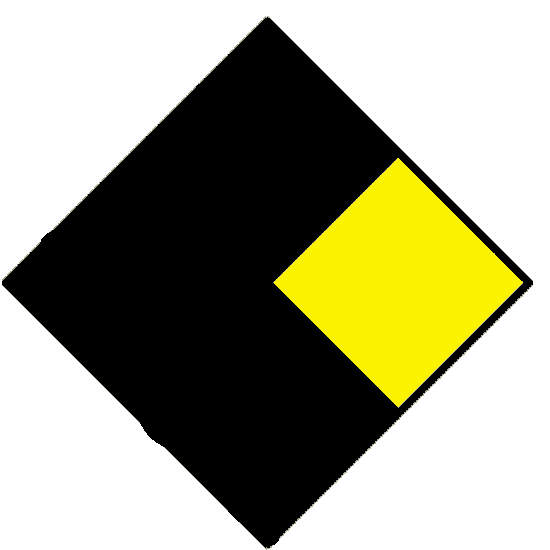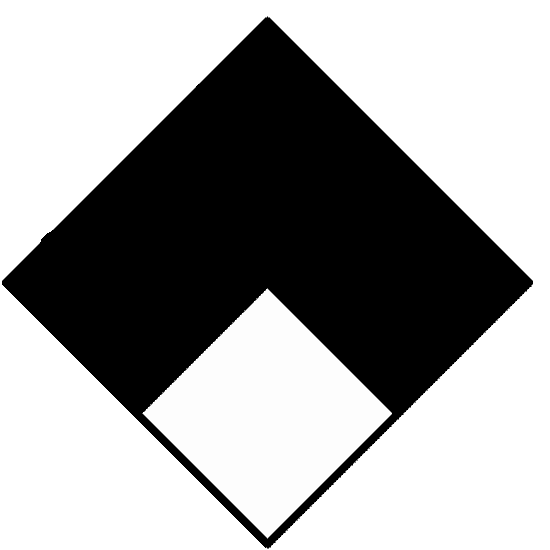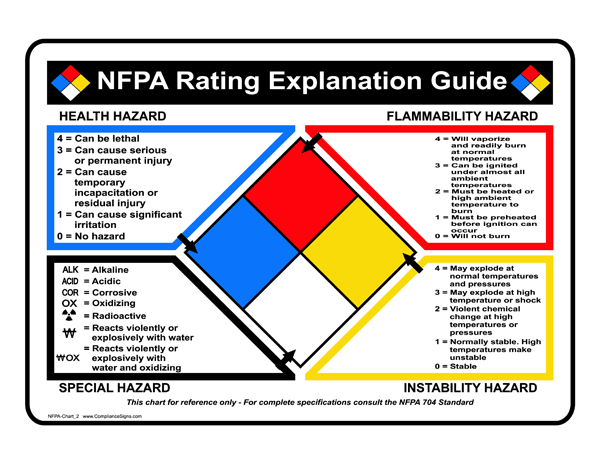What each diamond stands for:
 |
Health Hazard 4 Materials that, on very short exposure, could cause death or major residual injury (including those that are too dangerous to be approached without specialized protective equipment) 3 Materials that, on short exposure, could cause serious or permanent injury (including those requiring protection from all bodily contact) 2 Materials that, on short or intense exposure, could cause temporary incapacitation or residual injury 1 Materials that, on exposure, could cause significant irritation, but only minor residual injury 0 Materials that, on exposure under fire conditions, would offer no hazard beyond that of ordinary combustible materials |
 |
Flammability Hazard 4 Materials that: will rapidly or completely vaporize at atmospheric pressure and normal ambient temperature; are readily dispersed in air; will burn readily 3 Liquids and solids that can be ignited under almost all ambient temperature conditions. These materials produce hazardous atmospheres with air under almost all ambient temperatures (or, though unaffected by ambient, are readily ignited under almost all conditions) 2 Materials that must be moderately heated or exposed to relatively high ambient temperatures before ignition can occur 1 Materials that must be preheated before ignition can occur 0 Materials that will not burn |
 |
Instability Hazard 4 Materials that, in themselves, are capable of detonation, explosive decomposition, or explosive reaction at normal temperatures and pressures 3 Materials that, in themselves, are capable of detonation, explosive decomposition, or explosive reaction, but that require a strong initiating source (or that must be heated under confinement before initiation) 2 Materials that readily undergo violent chemical change at elevated temperatures and pressures 1 Materials that, in themselves, are normally stable BUT can become unstable at elevated temperatures and pressures (or that react vigorously with water, but not violently) 0 Materials that, in themselves, are normally stable, even under fire conditions |
 |
Special Hazard (selected examples) OX Used to identify oxidizing material (oxidizers) W Materials that exhibit reactivity with water |
Below, you will find a useful visual tool which summarizes the hazard scale from 0 to 4 in each category on the NFPA Diamond.
Note: A rating of “0” indicates the “least dangerous” in any particular category whereas a rating of “4” is the “most hazardous.”

